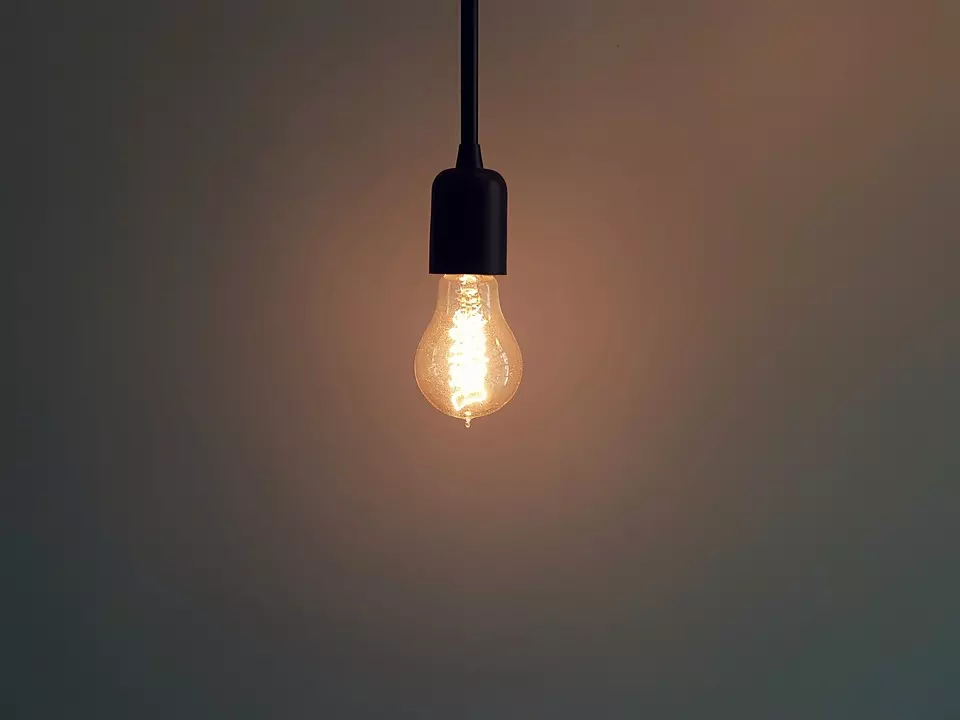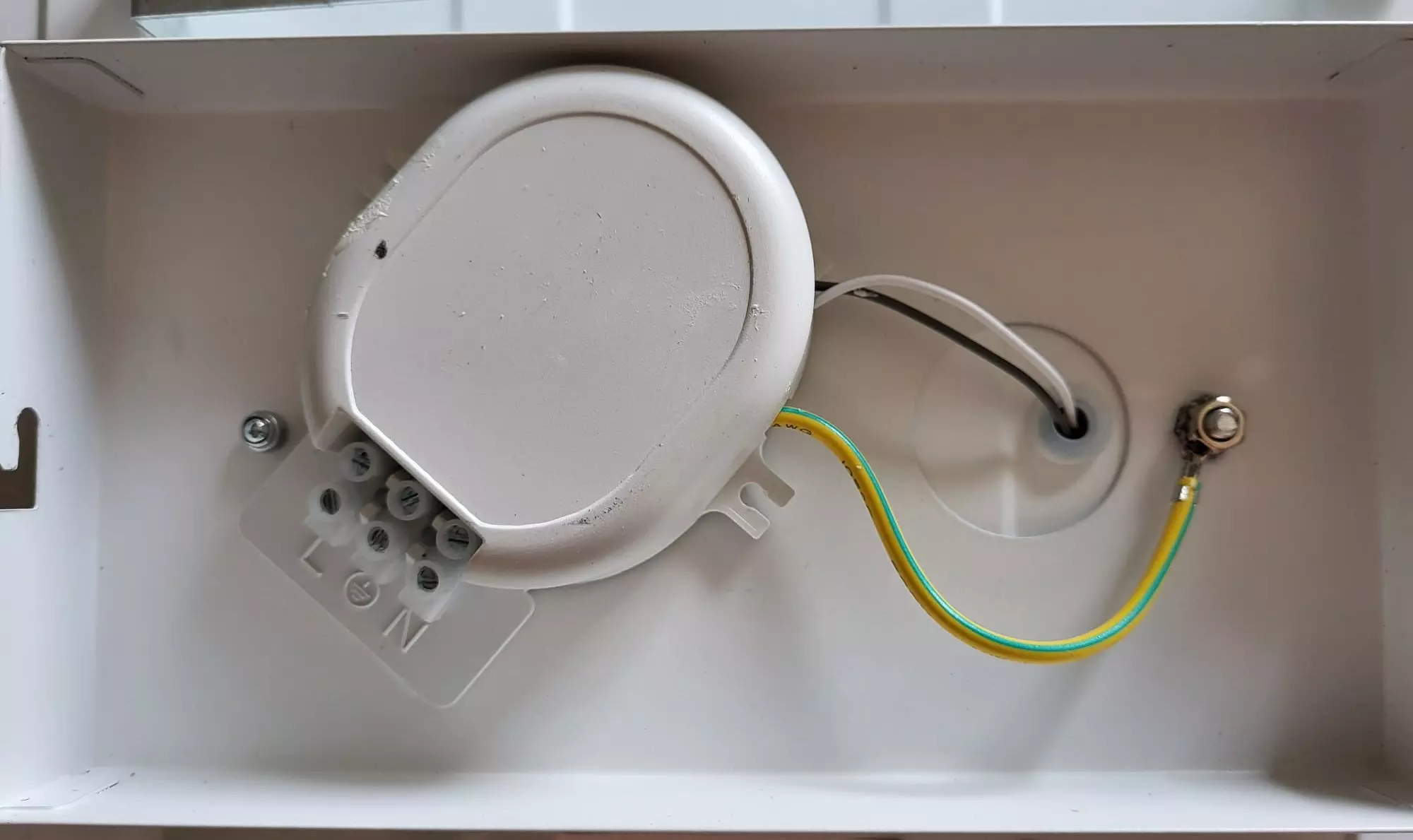Step-by-Step Guide to Properly Installing Lamps
Please note that caution is always necessary when working with electricity. If you're unsure, I recommend contacting a qualified electrician.

Step 1: Preparation
Make sure the circuit supplying power to the ceiling lamp is turned off. As an additional safety measure, go to the main fuse box and switch off the corresponding circuit. Use a voltage tester to ensure there is no electricity present by holding the tester against the terminal connections.
Step 2: Removing the Old Fixture
If there is an existing ceiling lamp installed, carefully remove it. Unscrew the mounting screws or unclip the fixture, and hold the lamp steady while disconnecting the wires. Make sure the wires are not live.
Step 3: Preparing the New Fixture
Take the new ceiling lamp out of the packaging and check if all the required parts are included. Read the provided instructions carefully to familiarize yourself with the specific guidelines for the lamp.
Step 4: Mounting the Ceiling Lamp
Attach the mounting bracket of the ceiling lamp to the ceiling using the supplied screws and anchors. Ensure that the bracket is securely and firmly attached to the ceiling.
Step 5: Wiring
Connect the wires of the ceiling lamp to the corresponding wires in the ceiling. Typically, the wires are color-coded. Connect the blue wire (neutral wire) of the lamp to the blue or black wire in the ceiling. Connect the brown wire (live wire) of the lamp to the brown or red wire in the ceiling. Use appropriate wire connectors to secure and insulate the connections. Ensure that the wires are tightly connected.
Step 6: Fixing the Fixture
Secure the ceiling lamp to the mounting bracket using the provided screws or clips. Ensure that the lamp is firmly and securely attached.
Step 7: Finishing Touches
Check all the connections to ensure they are secure and insulated. If applicable, close the lamp cover. Then, switch the circuit back on by going to the main fuse box and flipping the corresponding switch.
Step 8: Functionality Check
Turn on the light switch and verify that the ceiling lamp is functioning properly. Watch out for any flickering or lighting issues. If everything is working correctly, you have successfully installed and connected the ceiling lamp.
Please note that this guide is general and may vary depending on the specific lamp and electrical wiring. In case of doubt, always follow the manufacturer's specific instructions or seek assistance from an electrician. Safety comes first!

In principle, your ceiling or wall outlet should have a 3-core cable (Black, Blue, Green-Yellow). However, in older buildings, different colors may have been used (Black = Green, Blue = Grey, Green-Yellow = Red).
Black should be connected to the terminal L (P) on the lamp.
Blue should be connected to the terminal (N).
Green-Yellow should be connected to the terminal with the grounding symbol (PE).
If you only have 2 wires available, such as Black and Blue, it is essential to connect terminals N and PE on the lamp. This ensures that the housing of your lamp is protected, and you won't get an electric shock when touching it in case of a lamp failure.
It is also possible that a lamp has only 2 connection terminals, namely L and N. However, in this case, it should be a lamp made entirely of plastic or similar material. If not, there should be a terminal somewhere for grounding.
If there is indeed no grounding terminal available, you do not need to ground the lamp. Simply isolate the green-yellow wire.